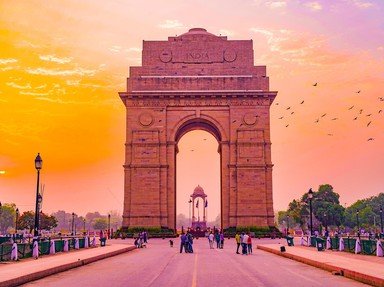Quiz Answer Key and Fun Facts
1. Chandragupta, who first gained power after capturing the rich Ganges Valley, went on to create what ancient Indian empire with his son and grandson?
2. After Chandragupta forged his empire in the north, what geographic feature did he conquer most of after capturing the Ganges Valley?
3. We know most of what we know today because of Megasthenes, an ambassador to the Maurya court. What part of the world was Megasthenes an ambassador for?
4. Which of these facts about Chandragupta is true?
5. Known as the "philosopher king", Asoka was the emperor of the Mauryan empire in 268 BC. What was his relationship to Chandragupta, the original founder of the empire?
6. Which of these was not one of the things Asoka did for his people during his rule?
7. After the fall of the Maurya empire in India, what was the next major empire to unite many kingdoms in India?
8. Which of these important inventions that is used all around the world was created by the Gupta civilization?
9. Which of these remains of the Gupta empire is the western Indian city of Ajanta most notable for?
10. During his time of life in the Gupta empire, which of these is a famous play that the Gupta poet Kalidasa wrote?
Source: Author
NatureKid034
This quiz was reviewed by FunTrivia editor
bloomsby before going online.
Any errors found in FunTrivia content are routinely corrected through our feedback system.
